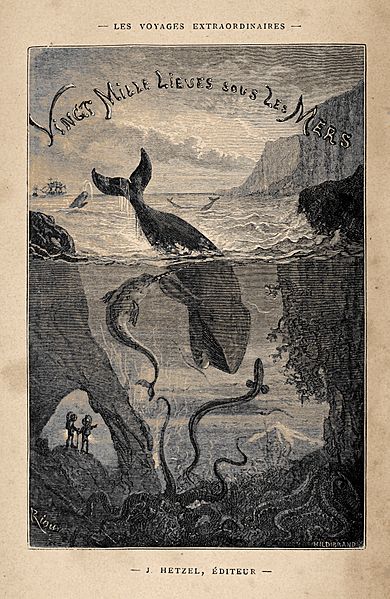- (https://b-ark.ca/ksKKwg)
I’m riding in the 2025 Enbridge Tour Alberta for Cancer, raising money for the Alberta Cancer Foundation, and have so far raised $2,744, exceeding my $2,500 goal and surpassing my 2024 effort!
Help me by donating here
And remember, by donating you earn a chance to win a pair of hand knitted socks!
How To Cut A Perfect 4x4 At Home
I don’t know about you, but I don’t have an oversized miter saw with which to cut my 4x4 posts. Like most DIYers, I’m limited to a circular saw for larger scale cuts, but such a saw can only hit around 2 3/4” depth. Thus, the general approach I’ve used in the past is to mark my cut on both sides of the 4x4, then cut one side, flip, and cut the other. However, this can often produce ridges because the second cut isn’t perfectly aligned with the first. Fortunately, during my work on our deck railing, I came up with a procedure that produces virtually flawless 4x4 cuts with only a circular saw and a hand saw. The steps are as follows:
- Mark your cut and then use the circular saw to cut the one side to the saw’s maximum depth.
- Rotate the piece toward you one quarter turn.
- Insert the saw blade into the half-cut line and complete the cut.
- Using the hand saw, cut out the remaining material.
Voila! Faster and more accurate than hand cutting the whole thing, but without the nasty flaws of the standard cut-flip-cut procedure.
Yeah, I know, this is probably obvious stuff, but for me, this is brilliant! :)
Anyway, back to work…
The Gallery Cometh
I decided to take a tour through my collection of digital camera photos and was, frankly, surprised at how much stuff I had. Worse, none of it was terribly accessible nor shareable. And so I finally cracked and decided it was time to get some kind of photo gallery going on.
Now, I could have one with Gallery, which Brad has used to power his photo gallery, but I really wanted something that would integrate directly into my wiki, so that I could easily incorporate gallery photos into wiki pages, comment on them in the normal fashion, etc, etc. Unfortunately, nothing of the sort really exists for Oddmuse, meaning it was time to roll my own.
The result is my Gallery. It’s pretty bare bones, at this point… really, it’s just functional enough to be useful. It can:
- Add galleries and images through a standard web interface.
- Support infinite nesting of galleries.
- Handle zips and tarballs, as well as standard image formats.
- Does the usual pagination stuff, so you don’t get all gallery images at once.
- Does on-demand scaling of images, so people can choose different resolutions.
And all of this is done in the context of the standard wiki subsystems, so you can comment, search, etc (though search is b0rked for image captions and descriptions right now… that’s on my todo list).
Anyway, there you have it. Take a look. Give me feedback if you like. And if I can make the code, you know, not horrible, I’ll release the source to it.
Noctiwhat?
You may recall that back in Blog-2006-06-24, I wrote about ghostly blue clouds that I observed in the northern sky at the end of my observing session. Well, as it turns out, I was fortunate enough to catch a glimpse of a type of cloud known as a Noctilucent_cloud. These extremely high altitude clouds are typically too faint to be seen. However, when illuminated from below by a deeply set sun, they are visible as the beautiful blue colour I observed.
So, how did I figure this out? Well, I happen to read the Astronomy Picture of the Day, and Today’s Feature Image just happened to be of noctilucent clouds.
Review: Twenty Thousand Leagues Under The Sea

Twenty Thousand Leagues Under the Seas: A World Tour Underwater is a classic science fiction adventure novel by French writer Jules Verne; it was first published in 1870. The novel was originally serialized from March 1869 through June 1870 in Pierre-Jules Hetzel's periodical, the Magasin d'éducation et de récréation.
Well, last night I finally finished reading 20000 Leagues Under The Sea by Jules Verne (author of The Journey to the Center of the Earth and Around the World in 80 Days, among many others). This book, depicted in the 1954 Disney film of the same name, details the adventures of Professor Pierre Arronax, an oceanographer, and his companions Ned Land, a Canadian whaler and Conseil, the professor’s manservant, as they travel aboard the Nautilus, an advanced submarine designed and built by the infamous Captain Nemo.
In terms of historical context, Jules Verne is considered, along with a number of his contemporaries, as early examples of science fiction authors. Often compared with H.G. Wells (The Time Machine, The War of the Worlds), who used science fiction as a medium for making points about society, Verne focused on providing depictions of realistic technology that was logically extrapolated from that of the present day, and used that technology as a basis for more adventure-oriented works.
20000 Leagues most certainly fits this mold. The Nautilus and it’s attendant technology are carefully detailed by Verne, who attempts to very clearly describe the workings of the ship and it’s scientific underpinnings. This ship then becomes the vehicle (if you’ll pardon the pun) for an adventure story which carries the crew to nearly all points of the compass, from the Pacific to the Atlantic, Antartica to the North Sea, and into the deepest parts of the ocean. Along the way, the reader is introduced to countless species, running the gamut from coral to fish to whales, as well as various birds and semi-aquatic mammals.
Continue reading...